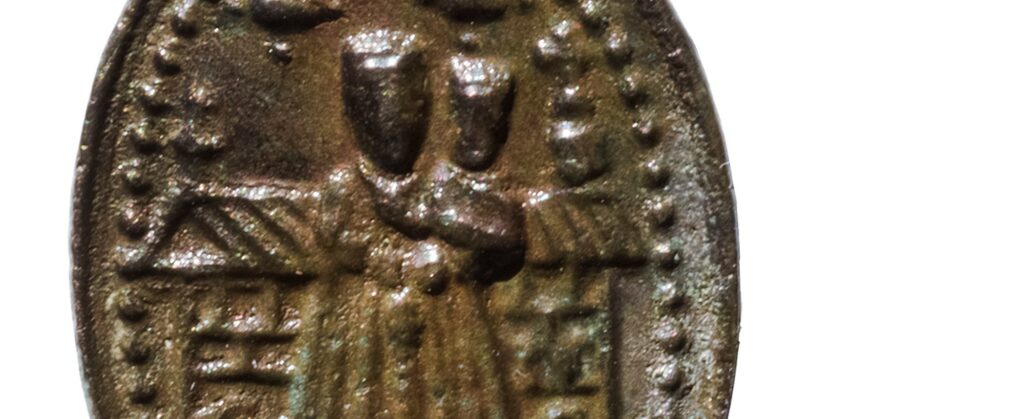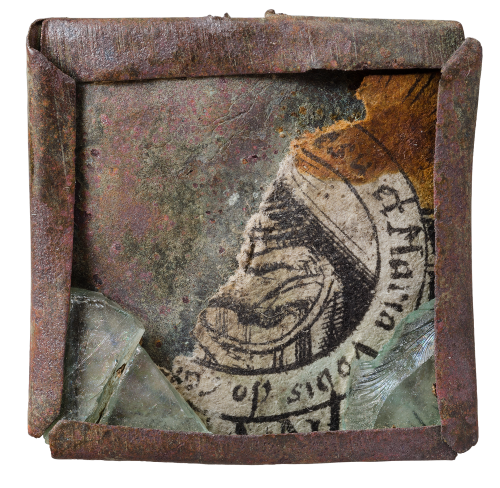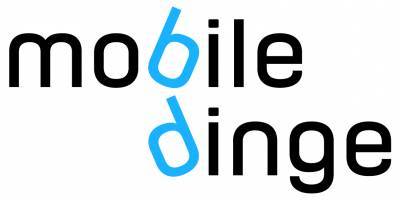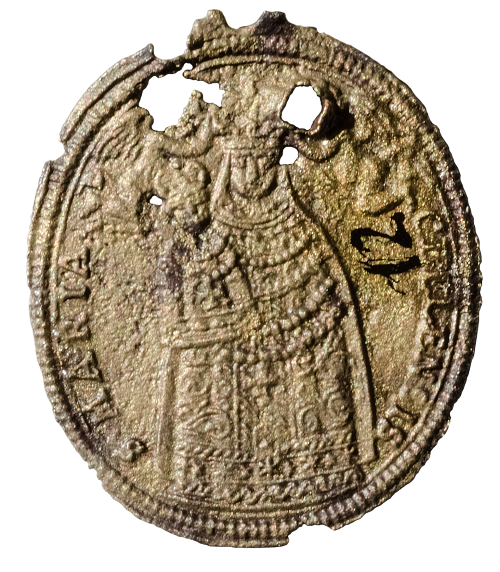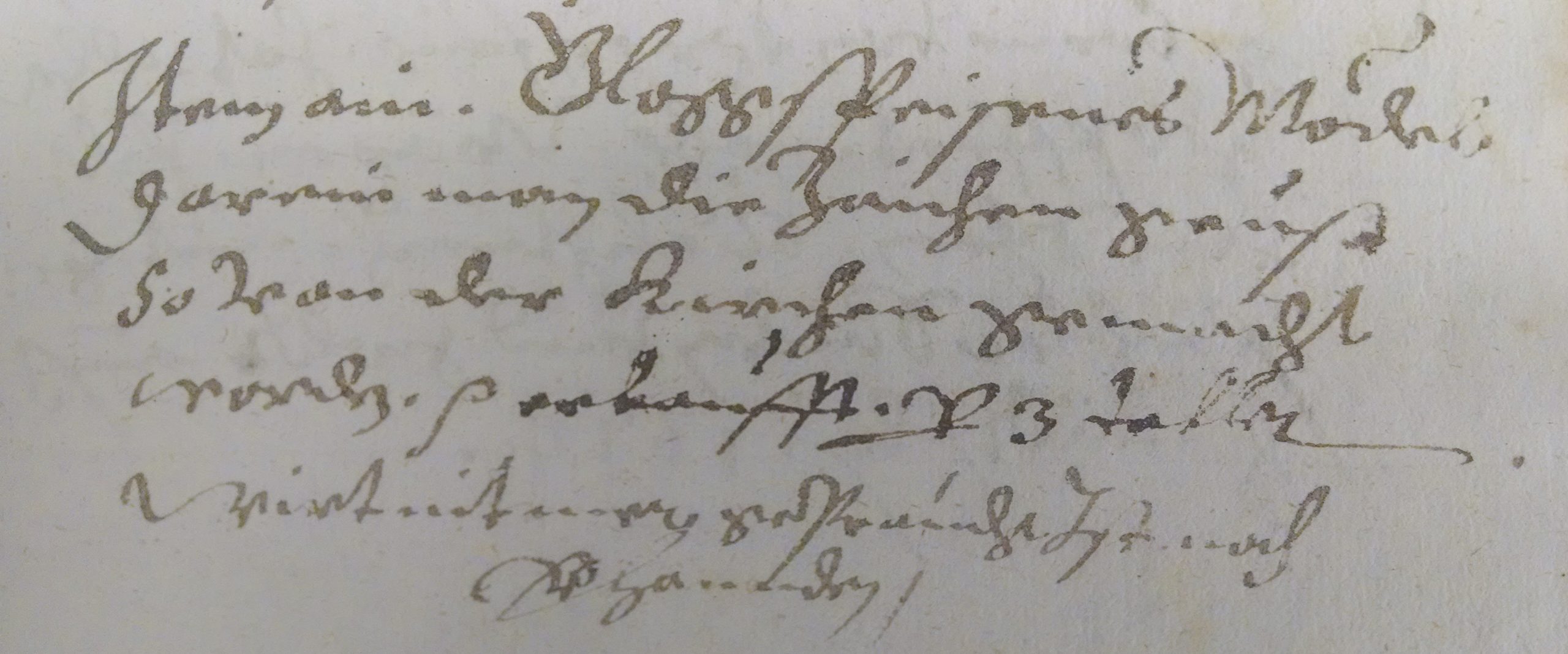Religious small objects as mobile things
The subject of the religious “wearables" forms a thematic area within the project “Mobile things, people and ideas. A moving history of Lower Austria", which is financed by the FTI strategy of the Province of Lower Austria. The IMAREAL cooperates with other research institutions in the humanities, cultural sciences and social sciences located in Lower Austria: https://www.mobiledinge.at/.
Starting from religious wearables, i.e. pendants and medals, questions of early modern mobility and its impact on the spread of religious movements can be examined. For example, people who brought such objects home from pilgrimages as proof of their pilgrim journey and used them for various purposes – from clothing accessories and rosary pendants to building sacrifices – are mobile. Religious pendants and medals, however, could also be distributed via travelling merchants or religious corporations such as brotherhoods and congregations. By copying motifs from other places of pilgrimage, it was possible to build on their success stories both religiously and economically. In this case the objects are “local", but the ideas and concepts associated with them are mobile.

